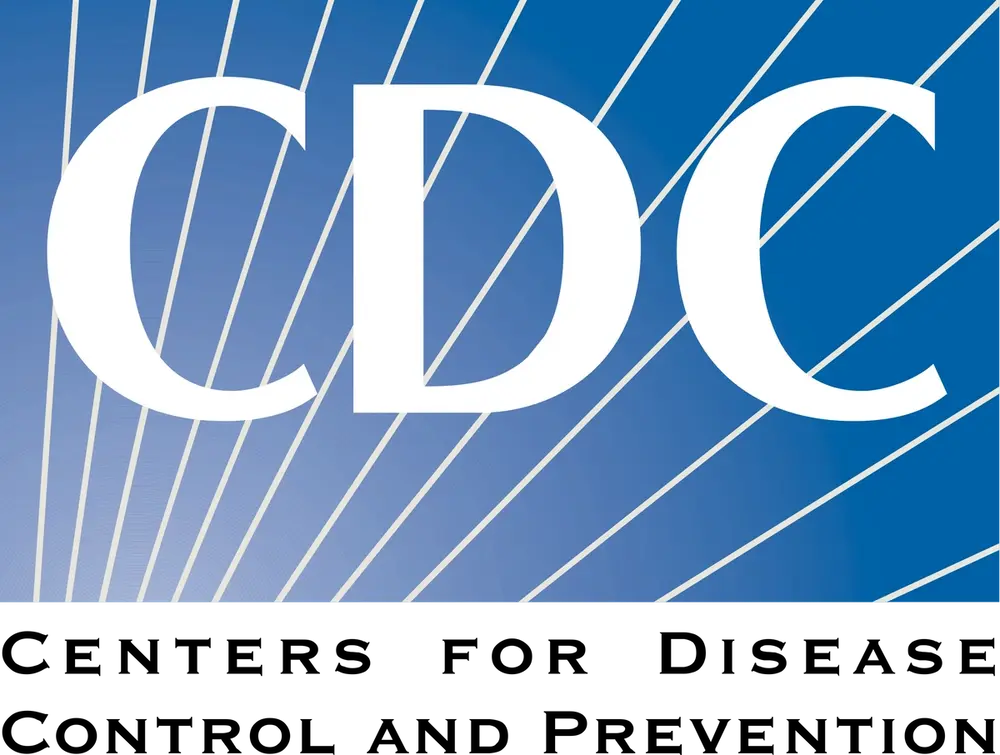CDC Outlines Best Practices for Priorix for MMR Vaccination
Priorix and M-M-R II are fully interchangeable vaccines to protect against measles, mumps, and rubella, the CDC’s Advisory Committee on Immunization Practices said.

GSK's Priorix, a new measles, mumps, and rubella (MMR) combination vaccine, can be used as an additional option to prevent MMR, according to a paper published in the U.S. Centers for Disease Control and Prevention’s Morbidity and Mortality Weekly Report.
Investigators from the CDC’s Advisory Committee on Immunization Practices (ACIP): Measles, Mumps, and Rubella Vaccine Work Group met in order to discuss issues with Priorix implementation, including prevention of MMR, short-term humoral immunity, persistence of the humoral immune response, and adverse and serious adverse events. They collected studies to analyze from the PubMed, Medline, Embase, Scopus, and Cochrane databases, plus clinicaltrials.gov.
The study authors explained that M-M-R II (Merck and Co.) was previously the only available MMR vaccine in use in the United States. The vaccine has worked to eliminate the diseases in the United States, but infections are endemic worldwide and can lead to local transmissions within the US.
In 4 randomized controlled trials that the work group examined, safety profiles of 1960 subjects who received 1 or 2 doses of Priorix were compared with 933 subjects who received 1 or 2 doses of M-M-R II. A majority (90 percent) of the patients were aged 12 to 15 months. The study authors observed a similar frequency of vaccine-related adverse events between the groups: 0.0 to 0.2 percent among Priorix subjects and 0.0 to 0.3 percent among M-M-R II subjects.
The study authors also noted that the highest rate of febrile seizures is 6 to 11 days after vaccination for all MMR vaccines, and is typically found among 3.3 to 8.7 per 10,000 doses (according to 2 studies from the United Kingdom). The time course of fever was comparable for both vaccines, too, the study authors said, with instances noted on days 5 to 12 of the post-vaccination period.
Among 4 randomized controlled trials in the U.S. assessing the potency of Priorix, 1 case of ITP was found among 1960 Priorix recipients and 1 case was found among M-M-R II recipients, the study authors wrote.
The study authors used 13 randomized controlled trials to assess serologic response thresholds, which were achieved for all 3 antigens in all 13 studies, they said. The 4 studies that focused on Priorix potency found no significant difference among anti-measles, anti-mumps, or anti-rubella geometric mean concentrations after the first dose between Priorix and M-M-R II recipients, the study authors wrote. Plus, they added, none of those studies reported any potency differences between the 2 vaccines after the second dose.
ACIP recommended Priorix in June as an option to prevent MMR, adding that it was interchangeable for all indications for which MMR vaccination is recommended. Priorix can be administered concomitantly alongside other routine childhood vaccines, the study authors added, with the same contraindications for Priorix as with M-M-R II. The Work Group additionally recommended that doses of the vaccine come from the same manufacturer, but noted that should not come at the cost of delaying a subsequent dose.
“Given the similarities in potency and vaccine components, and evidence for similar safety and immunogenicity, as well as stakeholder support, Priorix and M-M-R II are considered fully interchangeable, including for all off-label recommended uses,” the study authors concluded. “Either vaccine may be administered in any situation in which an MMR virus-containing vaccine is indicated. Two interchangeable vaccines from different manufacturers will help safeguard vaccine supply in the United States to maintain measles and rubella elimination and mitigate mumps cases and outbreaks.”
